I tried out my first ever 35mm roll of Fuji Velvia 50 (‘RVP’) in mid 1990, not very long after it became available in Australia. It totally blew my mind and I was instantly hooked. Back then I was living in Melbourne and my job on a fisheries research project provided some great photo opportunities and also enough leisure time (like weekends and paid leave) to travel to some beautiful spots around the state of Victoria. Prior to that fateful first roll of Velvia I had been predominantly using Kodachrome 25 and 64 for ‘serious’ work (see my previous post), including, and especially, for underwater photography, which was and still is a primary photographic passion for me. Kodachrome 25 was great for underwater macro photography using the Nikonos macro system of extension tubes and a top-mounted flash. With the earlier model non-TTL Nikonos cameras (‘II’ and ‘III’) you could set your aperture at F16, flash on full power and confidently blaze away. Using Velvia 50 of course meant stopping down to F22, which might horrify those who read the ubiquitous warnings by contemporary lens testers that this F-stop catastrophically degrades image quality due to diffraction. I say diffraction schmaction. I am frankly still very pleased with many of the underwater macro images I obtained using RVP at that aperture with that kit. Your mileage may vary. In any case I moved to a housed SLR system soon thereafter which took my underwater macro work to a whole other level.
Why the shameless abandonment of the venerable and iconic KM25 and KR64? I accept that those films were better in some ways for people photography, but that’s not what I do. The extra stop of speed, fine grain and high resolving power (arguably a smidge better than KM25), and the impressive colour saturation, particularly with greens, suited me down to the ground, so it was a no-brainer and there was really no love lost. I also went on to use less saturated 100ASA Fuji products like Provia and the more affordable Sensia quite regularly but continued to favour Velvia for underwater macro and wide-angle work as well as landscapes and wildlife. It routinely impressed me with its colours, sharpness and grainlessness, with the only real shortcoming being the restricted latitude and loss of shadow and/or highlight detail with contrasty subjects – a problem shared with other slide films including Kodachrome. For about 20 years I had a minor side-hustle in the stock photography game, which incentivised me to prioritise slide films as that was all the stock agencies would accept. And they liked Velvia too.
Velvia generated a lot of chatter when it was first released and I remember both the hype and the harumphing (from some photographers who accused it of being garish and misrepresenting reality, etc). There’s not much of that discussion online but I did find one quite dispassionate comparison of Kodachrome 25 and Velvia 50 from July 1990. I’ve always quite liked the famous (or notorious, depending on your taste) magenta cast of Velvia and find it somewhat paradoxical that Velvia reproduces such vivid, opulent greens (to my eye), since green is directly opposite magenta on the colour circle. I have quite a few ‘family and friends’ Velvia slides, and while they don’t look nearly as ‘natural’ as they might with Portra (or Kodachrome), they are, by and large, pretty good. And of course some tweaks in post can usually improve things. Pushing Velvia however is definitely not a great idea if the subject is people.
Below are five frames from my first 35mm roll of Velvia 50 (RVP), shot in mid-1990, followed by five frames from subsequent rolls shot the same year.
First roll
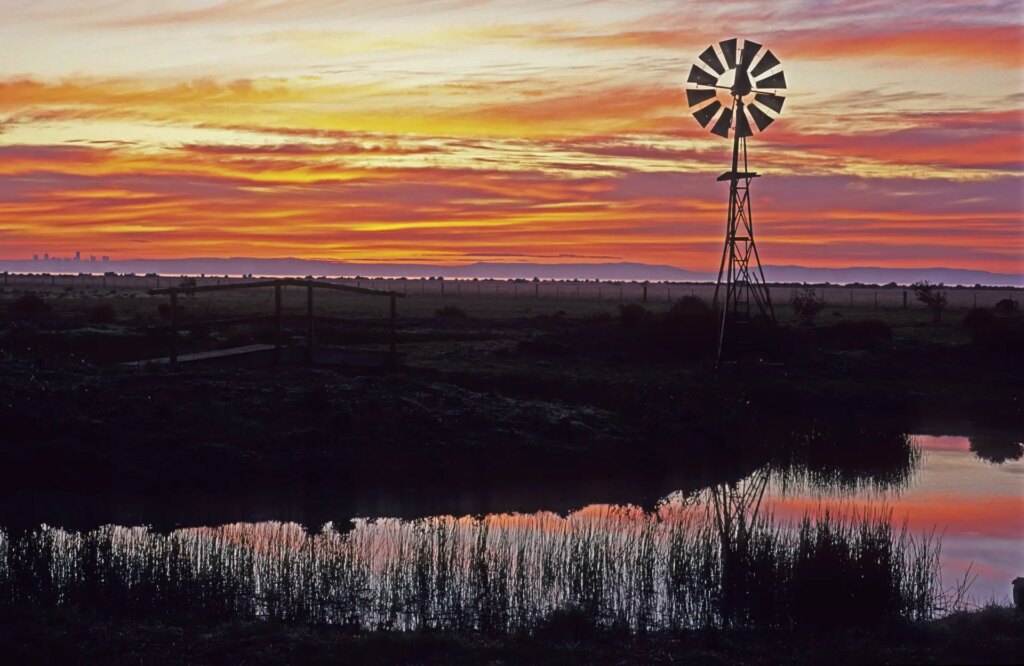
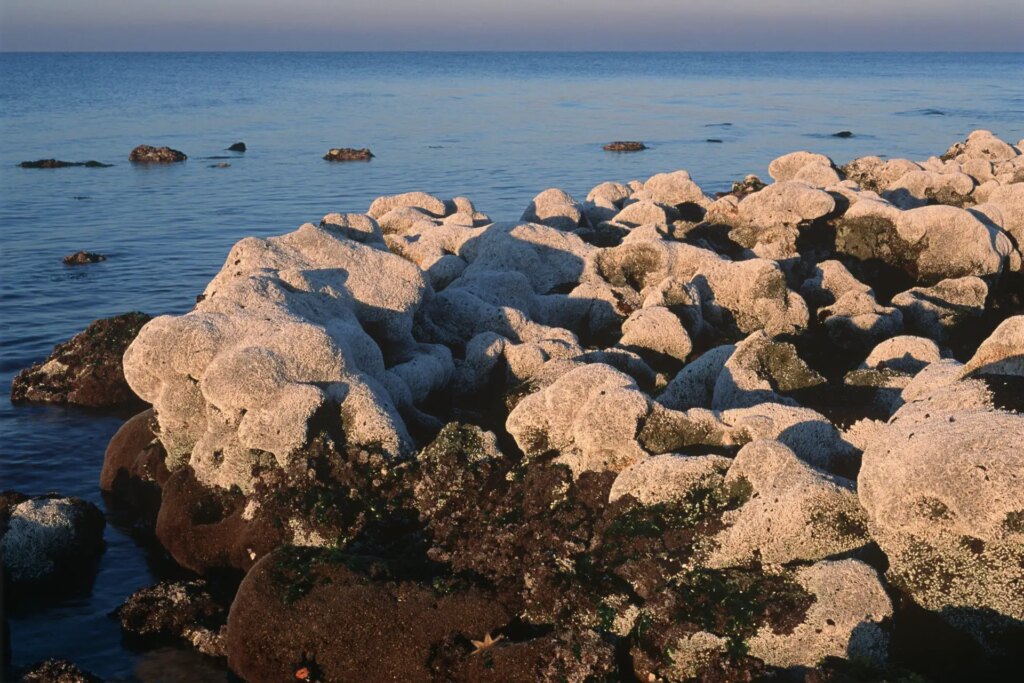
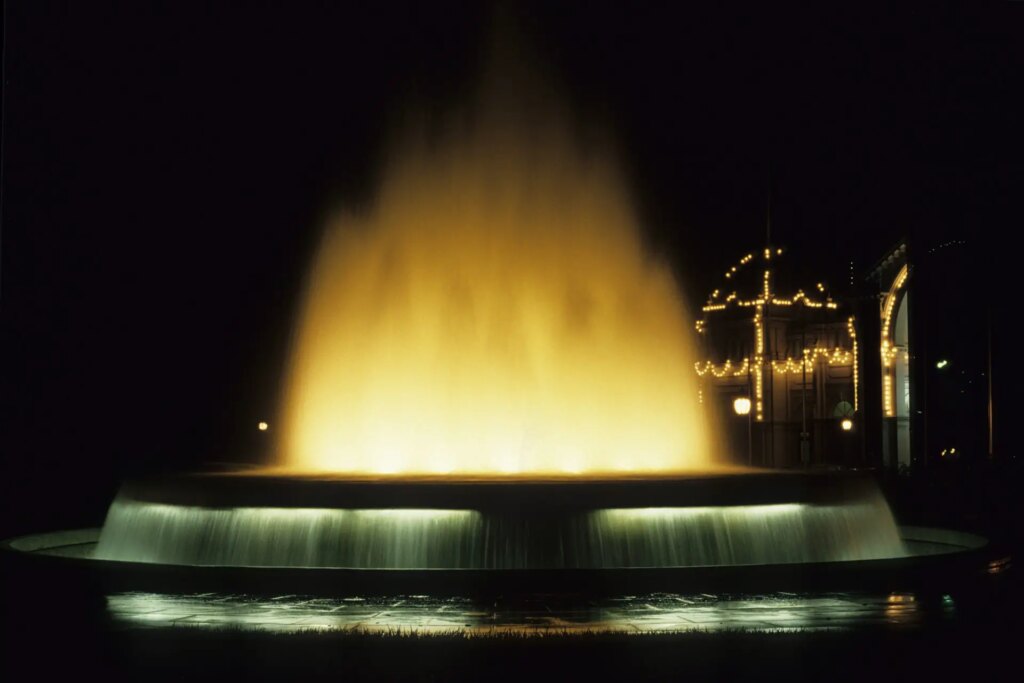
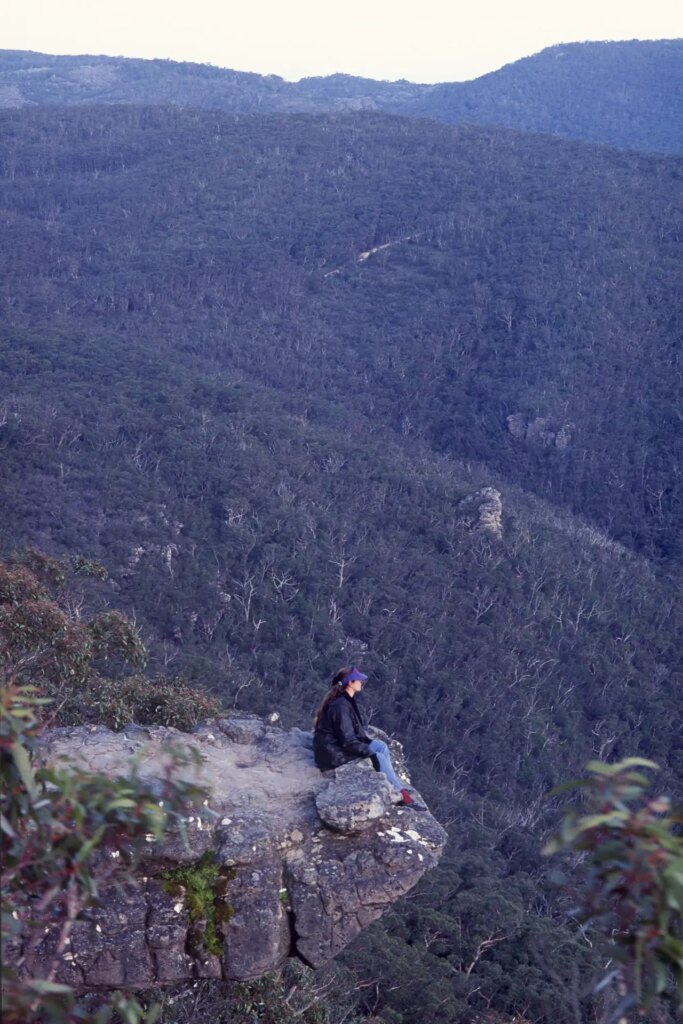
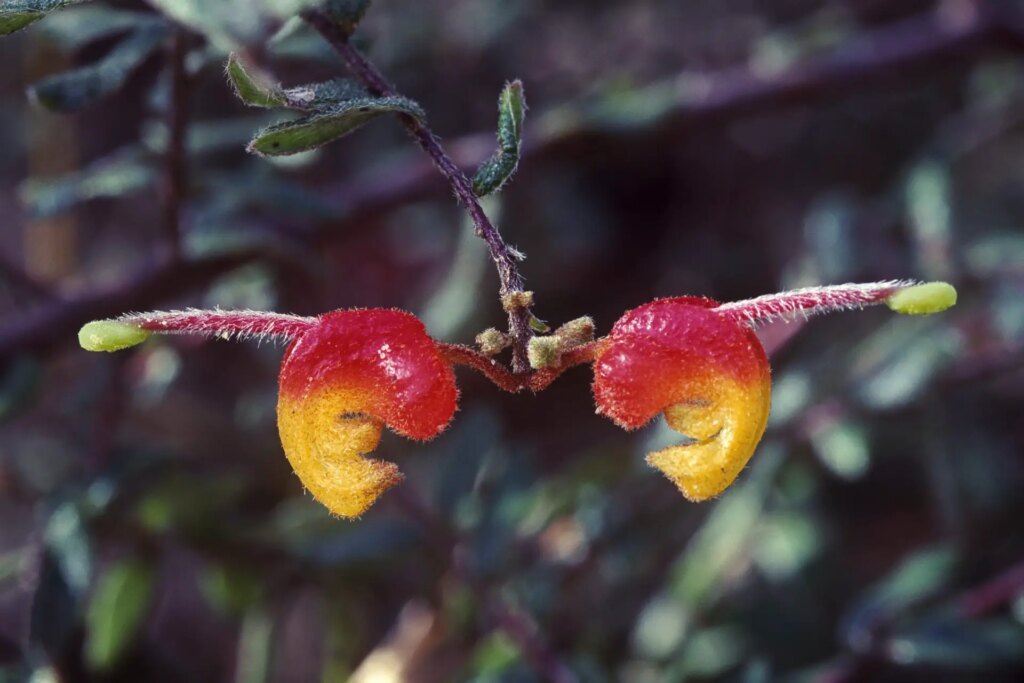
Images 1-4 were shot with a Nikon F801 and AF-Nikkor 50mm F1.8 lens, and Image 5 was shot with the Nikon F801 and Ai-s Nikkor 135mm F2.8 with PN-11 extension tube.
Subsequent rolls (1990)
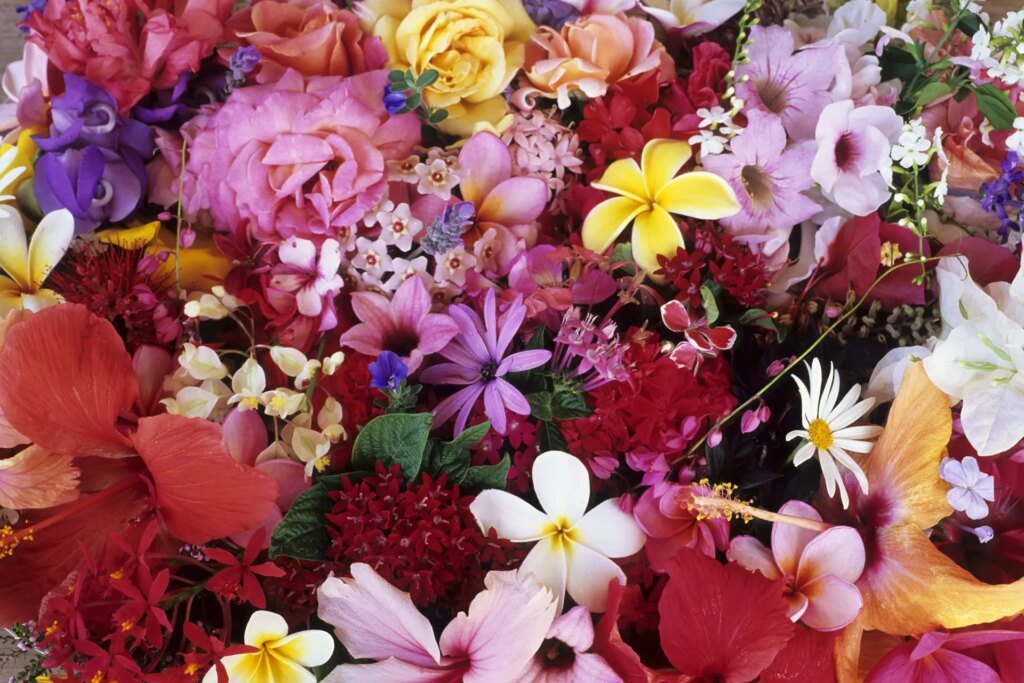
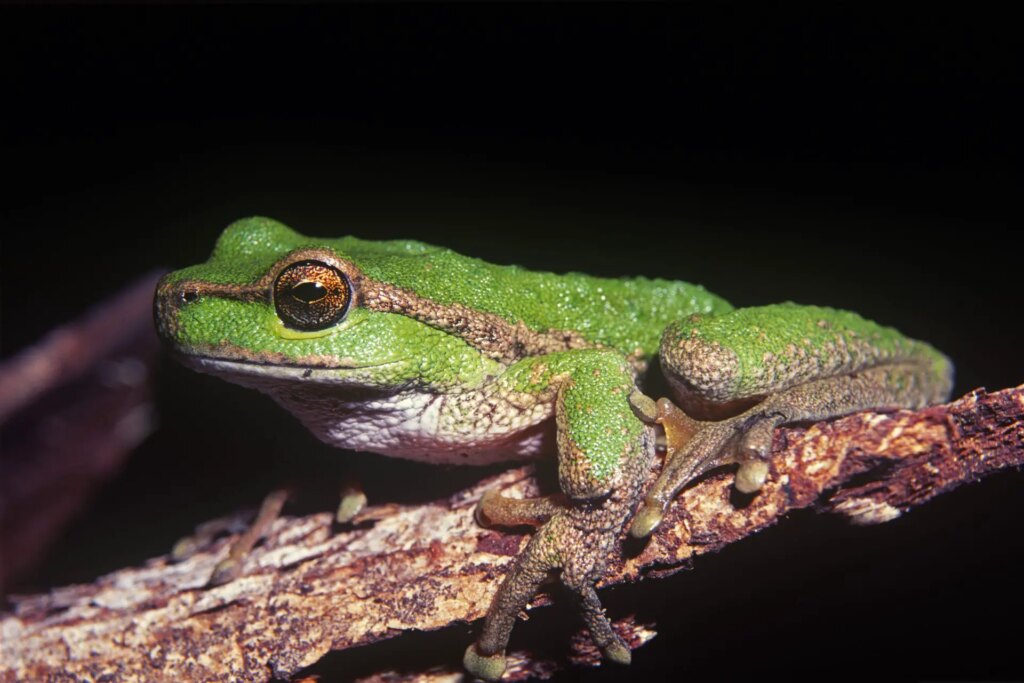
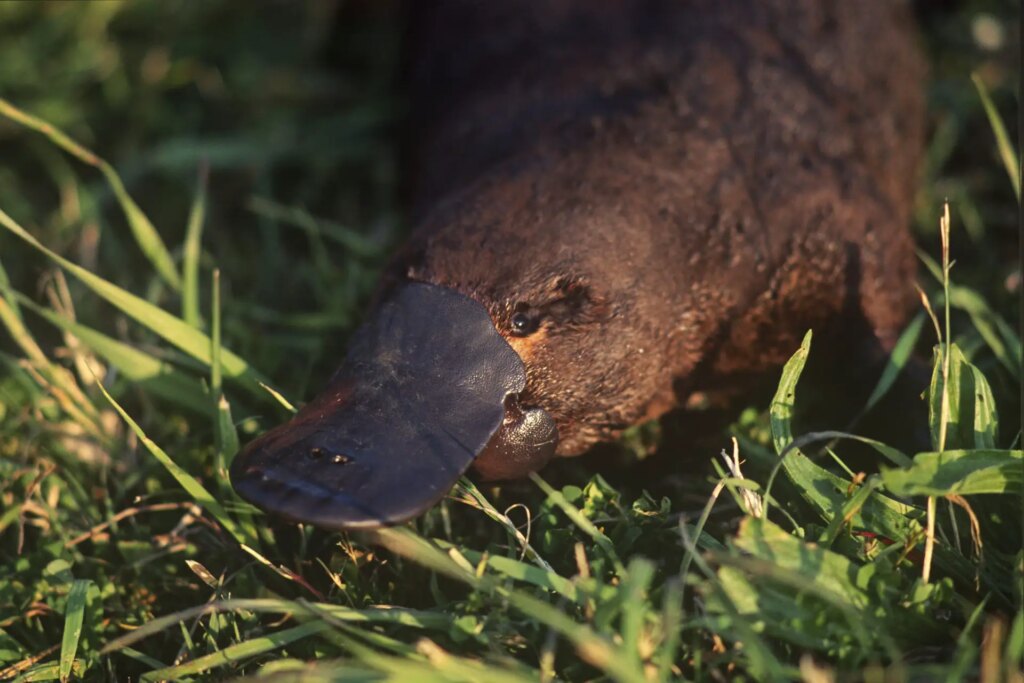
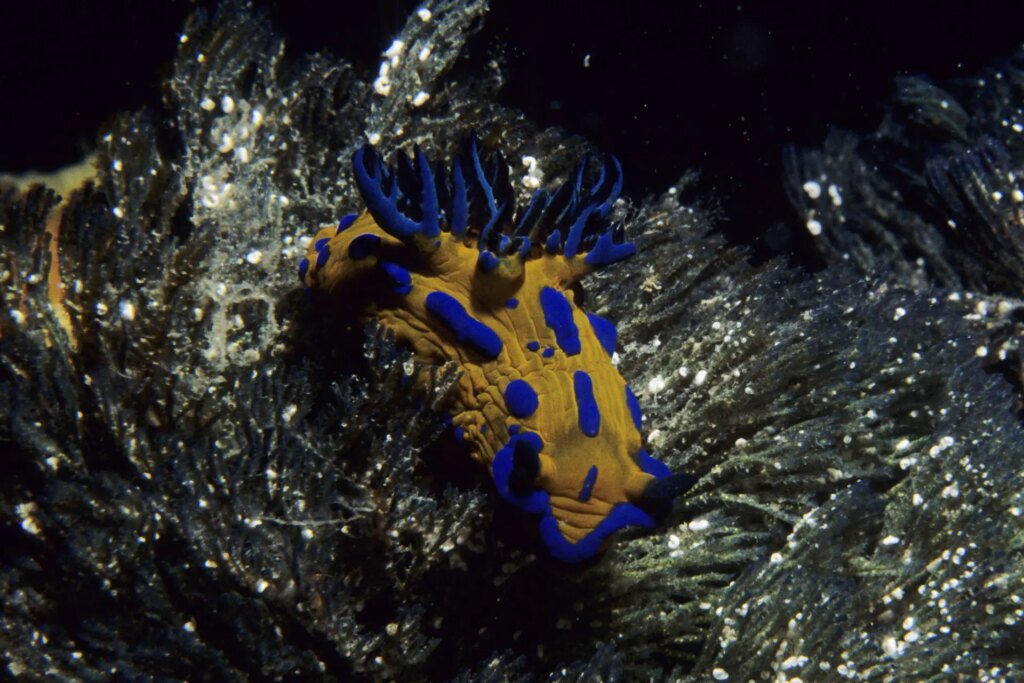
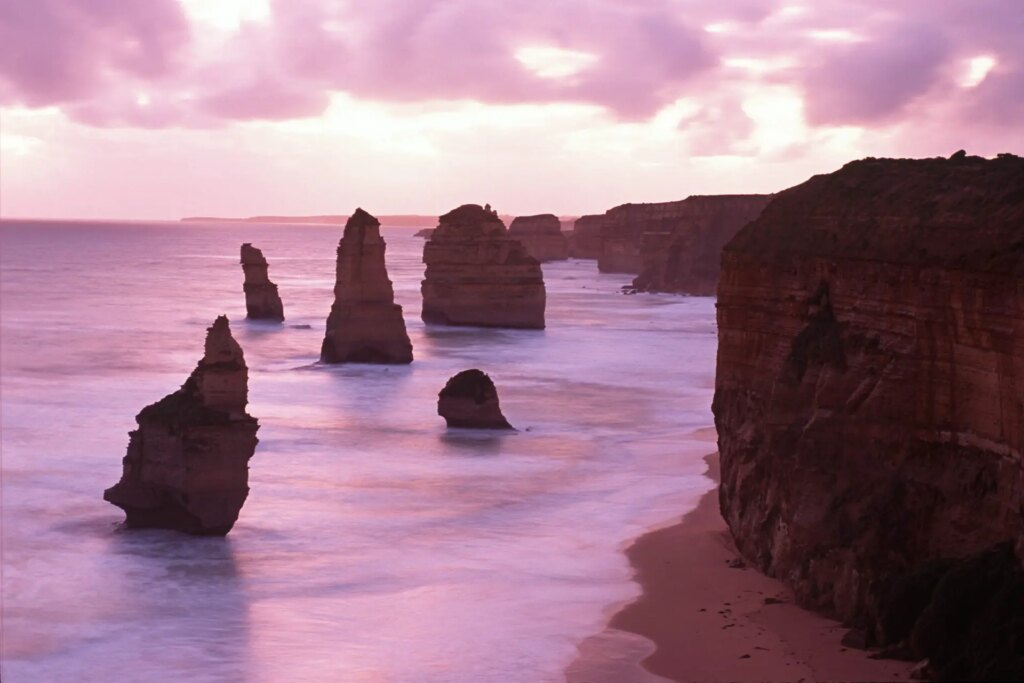
I still enjoy using Velvia (both 50 and 100ASA), mostly in medium format, and have a small stash in the freezer. I am shooting more negative film these days because I didn’t pay much attention to it back in the day, and am now indulging my curiosity about what it can do. But Velvia can produce really gorgeous and eye-catching images, as long as the subject is not too contrasty. In the end it’s just another tool, along with the camera. To repeat Ansel Adams’ oft-quoted observation yet again: “The single most important component of a camera is the twelve inches behind it.”
My Flickr site is here.
Share this post:
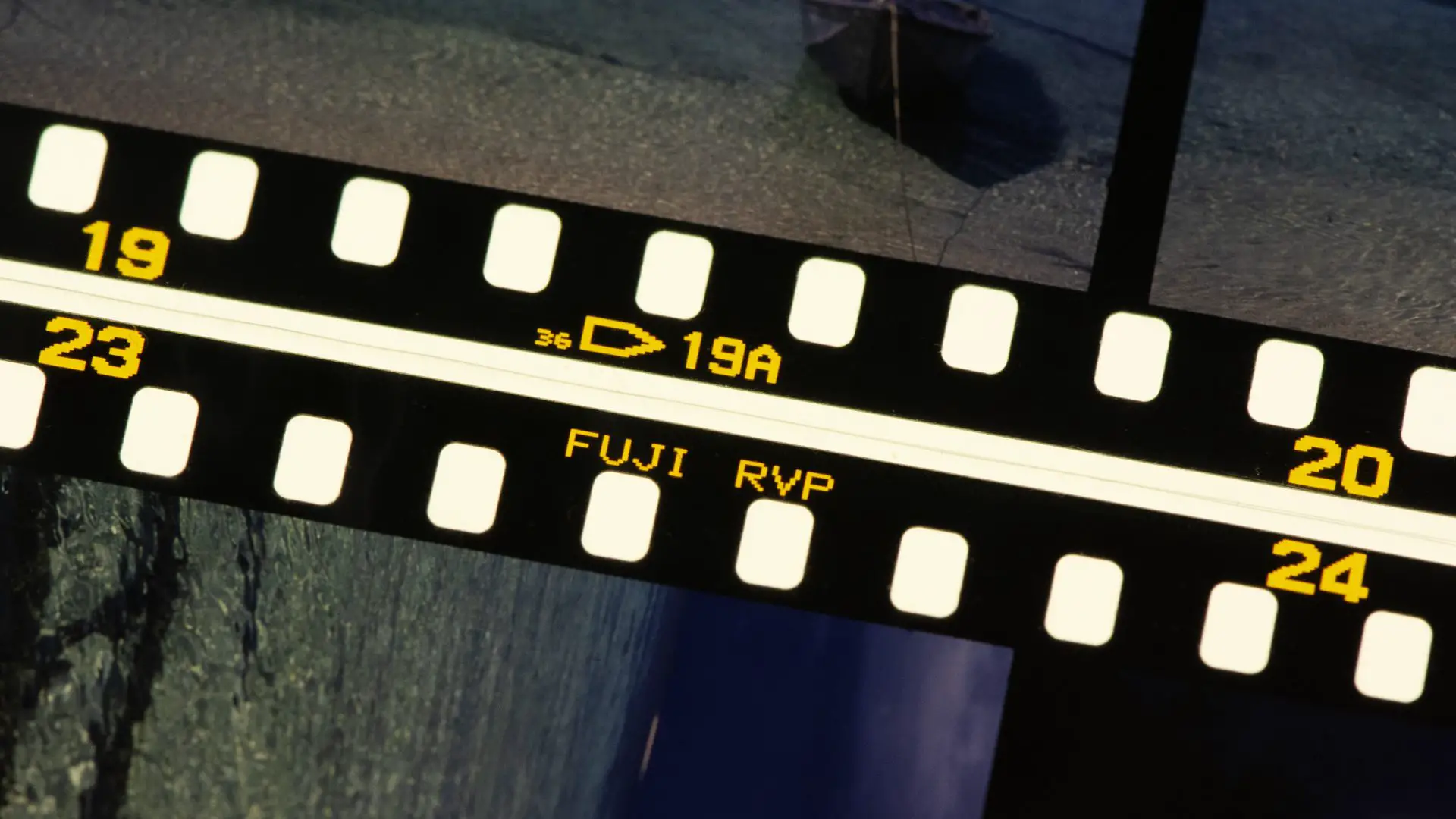
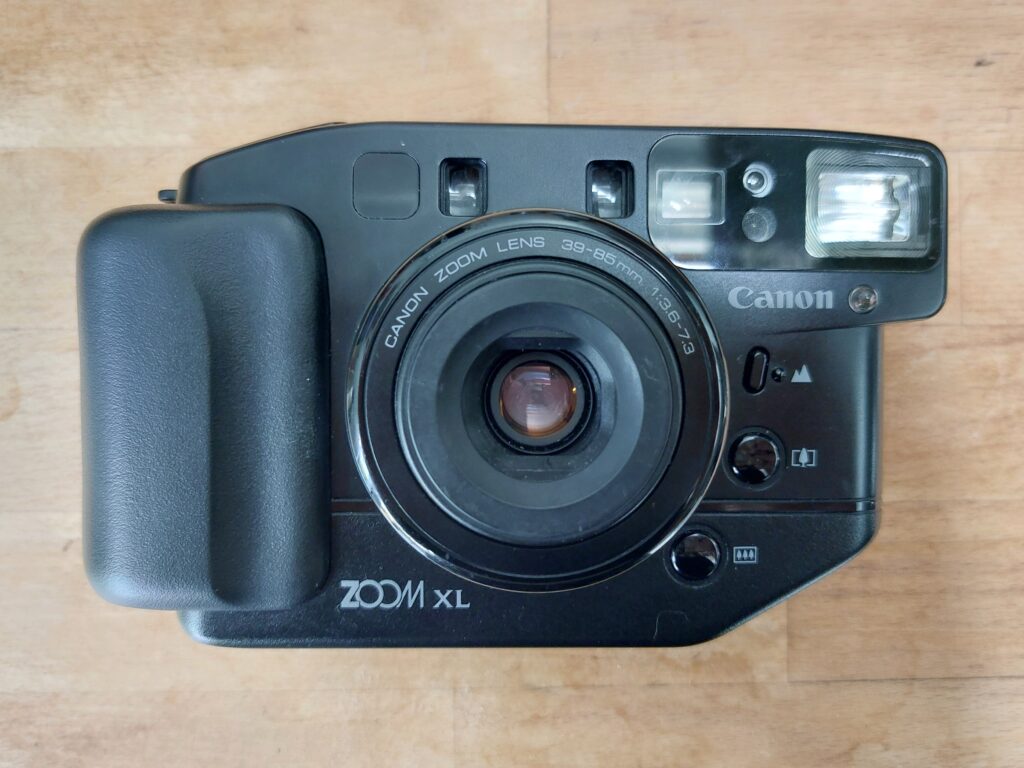
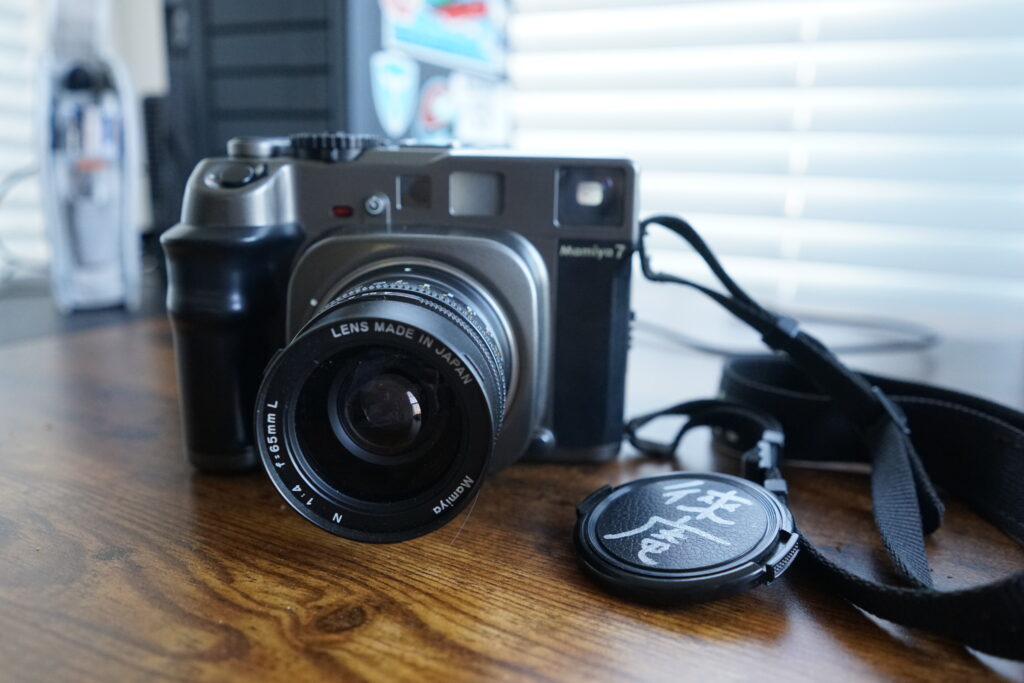
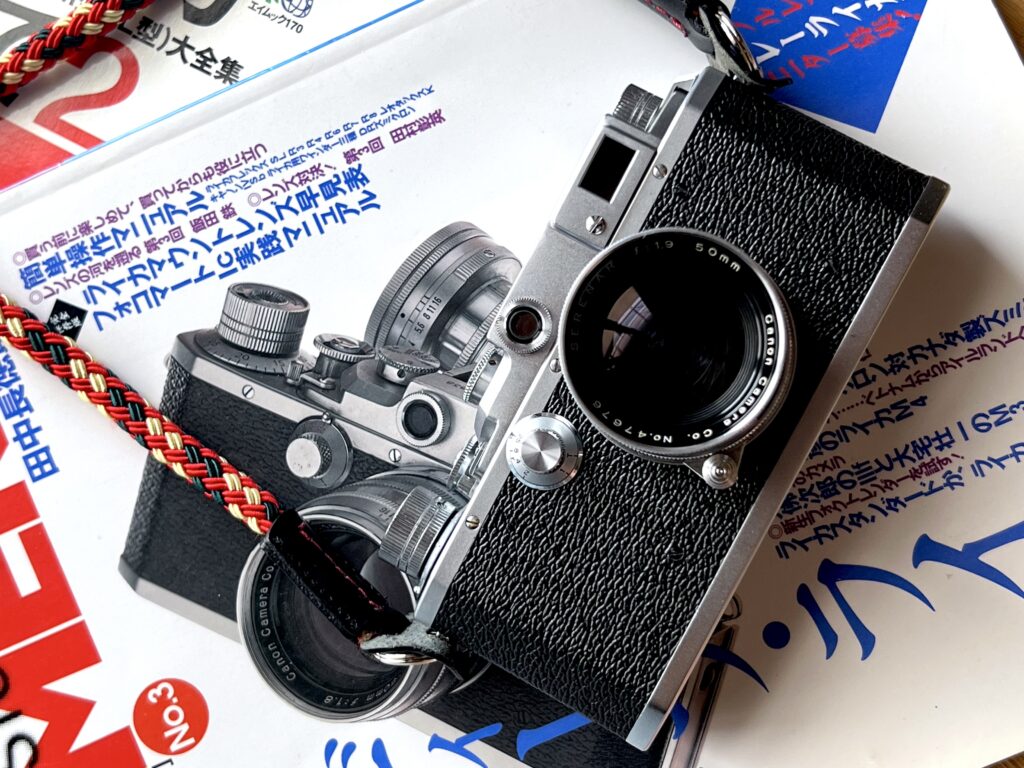
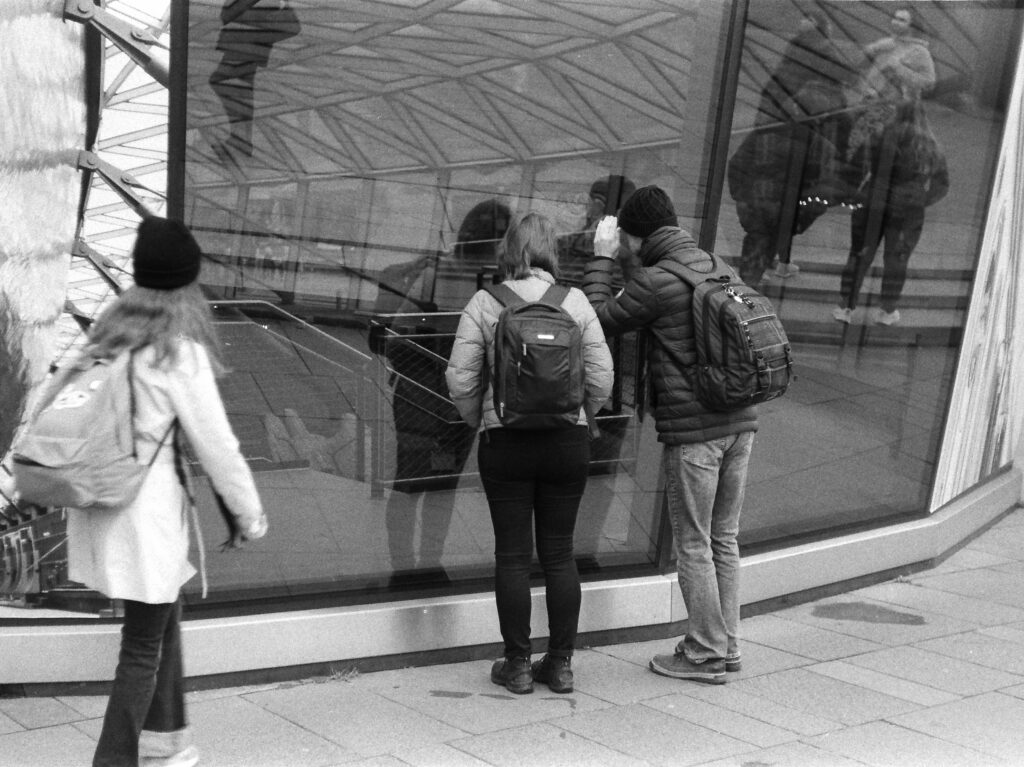





Comments
Anthony Bailey on Fujifilm Velvia and My Shallow and Shameless Dumping of Kodachrome
Comment posted: 05/09/2023
Comment posted: 05/09/2023
Mark Ellerby on Fujifilm Velvia and My Shallow and Shameless Dumping of Kodachrome
Comment posted: 05/09/2023
I only used Velvia 50 once on a trip to the Isles of Scilly with the Olympus XA I had at the time. The slides glow like little jewels. Maybe I'll have to evict the moths from my wallet and have another go with it sometime!
Comment posted: 05/09/2023